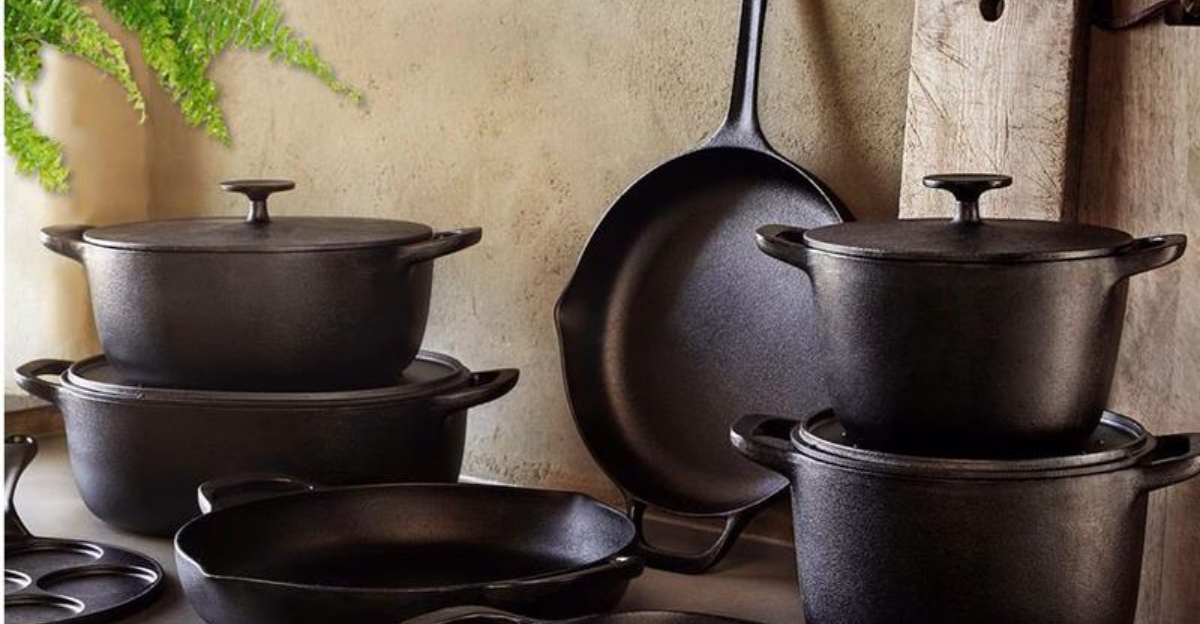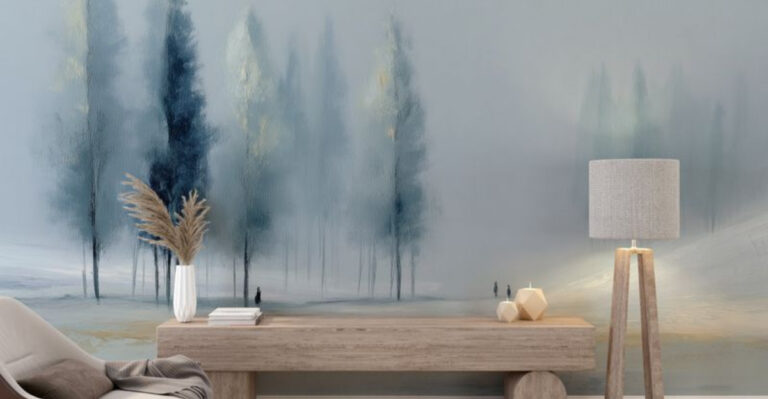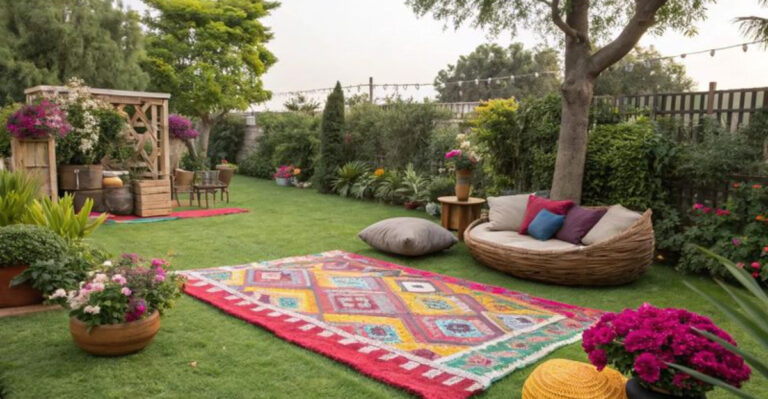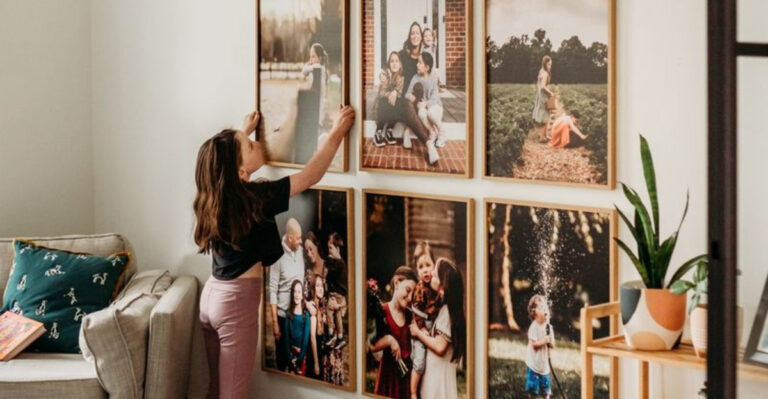8 Things Boomers Keep That Are Ruining Their Homes (And 9 That Are Total Hidden Gems)
I’ve walked into plenty of homes where Boomer-era decor tells a rich, personal story, but let’s be real, not everything deserves a permanent spot. Some pieces add charm and character, while others feel like they’ve hung around a little too long.
Designers have definitely noticed the difference. Outdated furniture, tired color palettes, and oversized decor can quietly bring a space down.
But here’s the flip side, there are also some surprisingly great design choices Boomers are nailing. From timeless accents to smart upgrades, these are the keepers.
1. Basement Workshops With Half-Finished Projects
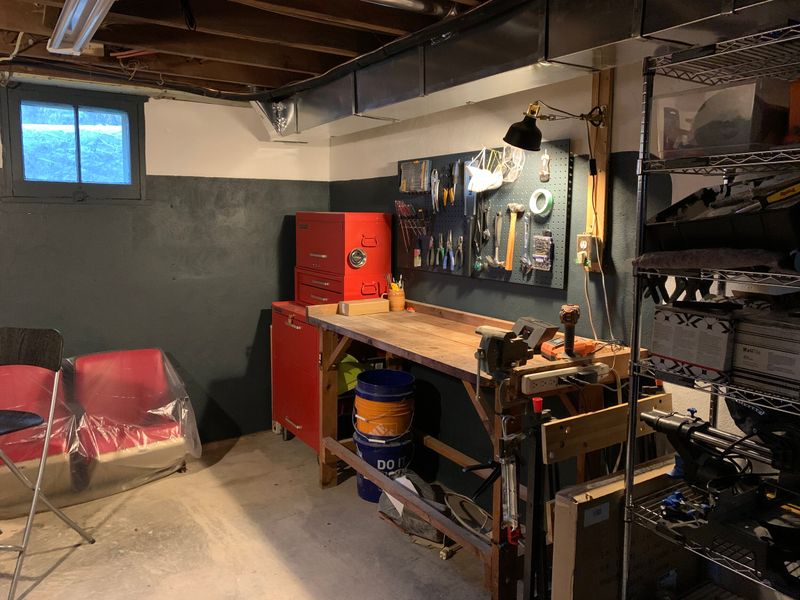
Descending into these basement workshops feels like entering a natural history museum’s storage room gone wrong. Unfinished deer heads stare from workbenches while mysterious chemicals create concerning odors throughout the house.
What began as a retirement hobby has transformed living spaces into preservation laboratories. Family members avoid the basement entirely, and guests often leave quickly after catching glimpses of the ongoing projects.
The smell permeates upstairs rooms despite closed doors and ventilation attempts. Property values suffer when potential buyers discover the extent of the taxidermy operations lurking below their feet.
2. Vintage Wallpaper That’s Peeling and Dated

Remember those floral patterns and geometric designs that dominated walls in the 60s and 70s? While they might hold nostalgic value, vintage wallpaper often harbors hidden mold and moisture damage beneath its seams.
Years of adhesive breakdown creates perfect hiding spots for dust mites and allergens too. The faded colors and yellowing paper make rooms appear smaller and darker than necessary.
3. Overstuffed China Cabinets Full of Unused Formal Dinnerware
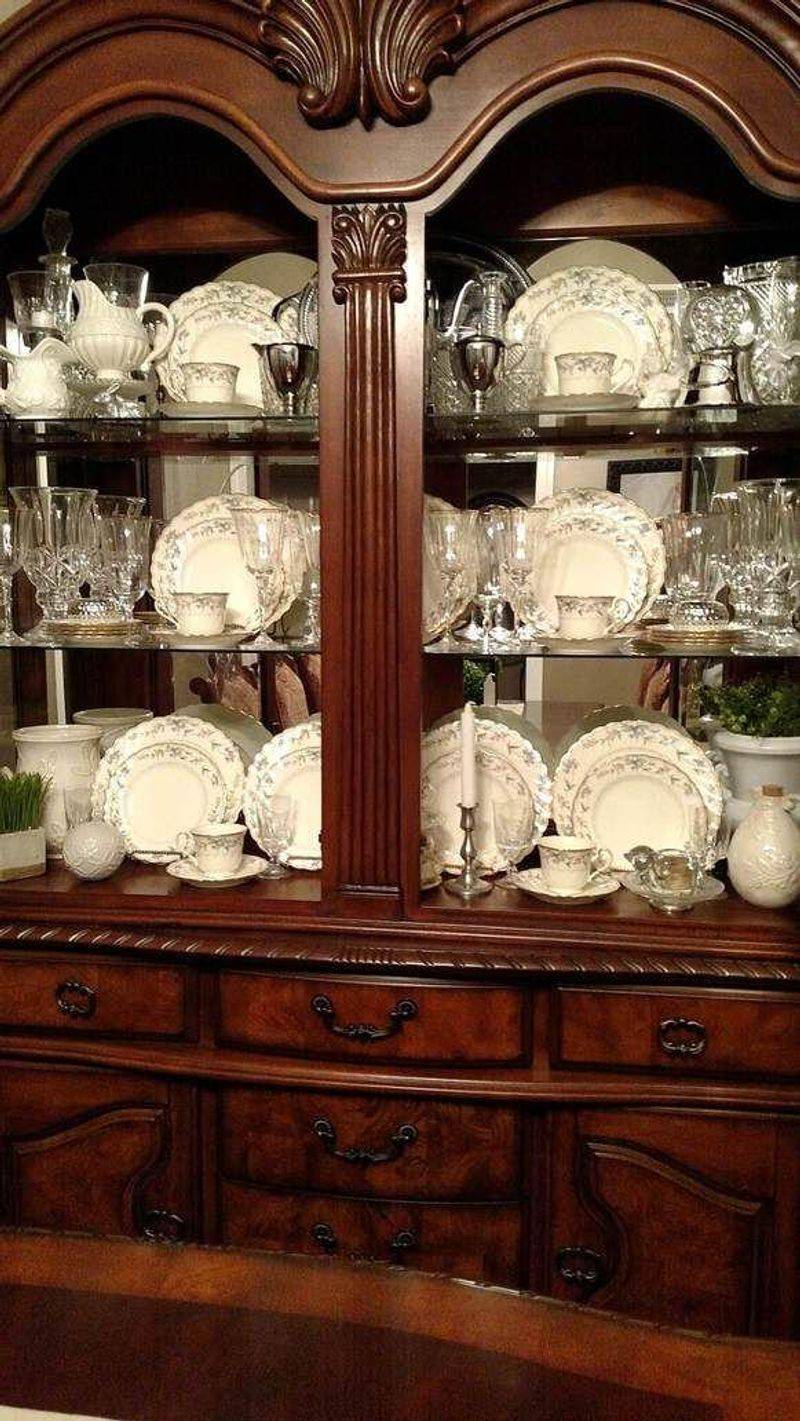
Grandma’s precious china set might be gathering more dust than compliments these days. Those elaborately decorated plates and teacups, safely tucked behind glass doors, haven’t seen a dinner party in years.
Heavy china cabinets monopolize valuable floor space while creating cleaning challenges in tight corners. The weight of these massive furniture pieces can even damage flooring over time.
4. Stacks of Yellowing Newspapers and Magazines

What starts as “I might need this article someday” often snowballs into towering paper mountains throughout the house. Those National Geographic collections dating back to 1975 aren’t just dust collectors – they’re serious fire hazards.
Yellowing paper attracts silverfish and other pests that can spread to damage important documents and furniture. The weight of paper piles can strain shelving units to the breaking point.
5. Heavy Shag Carpeting Throughout the House
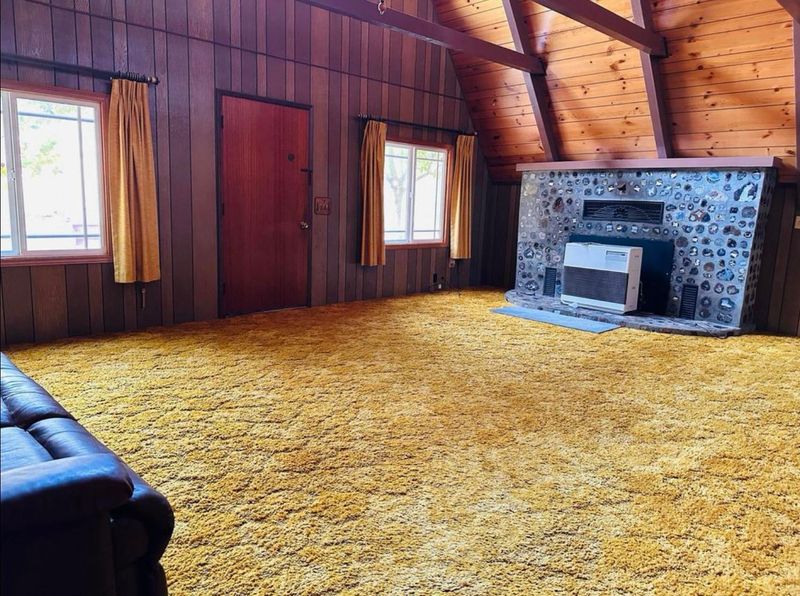
Ah, the luxurious feel of plush shag beneath your toes! Unfortunately, that deep-pile carpet installed decades ago has become a repository for allergens, pet dander, and dirt that no vacuum can fully extract.
Trapped moisture in aging carpet padding creates the perfect environment for mold growth, potentially causing respiratory issues.
6. Bulky Tube TVs and Outdated Electronics
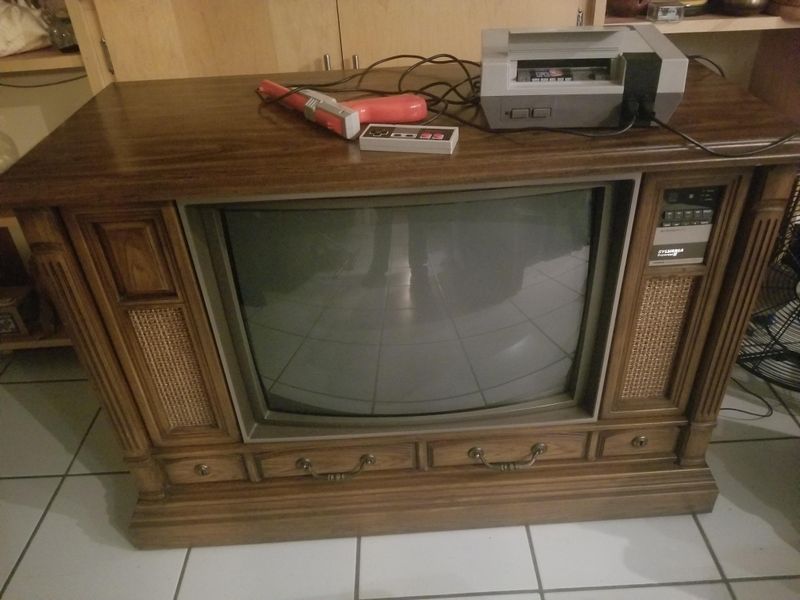
Lurking in spare bedrooms and basements across America, those massive cathode ray tube televisions wait for a day of use that will never come. Despite being essentially obsolete, many Boomers keep these electronic dinosaurs “just in case.”
Many communities offer electronics recycling programs that safely dispose of these items while reclaiming valuable materials inside them.
7. Overflowing Garages That Can’t Fit Cars
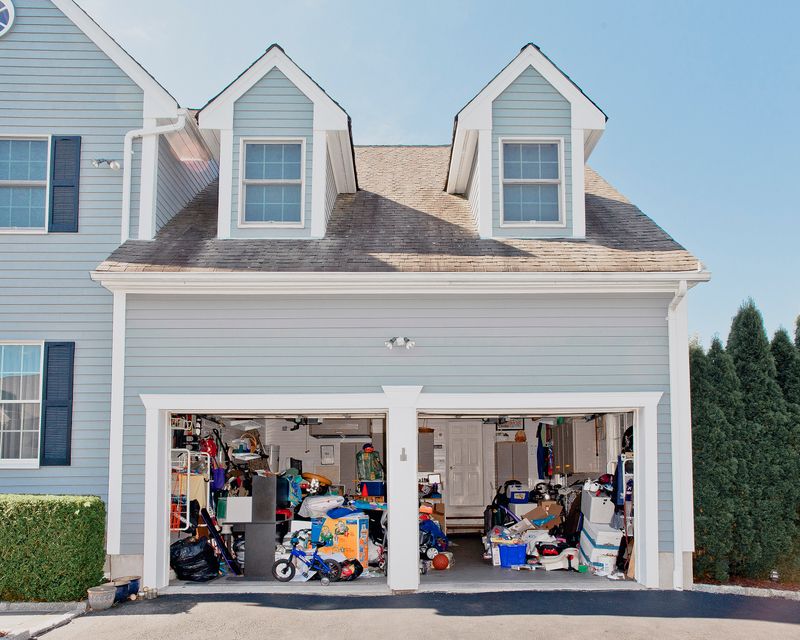
Ironically, the one place designed to protect valuable vehicles has transformed into the ultimate storage unit for everything except cars! From holiday decorations to camping gear used once in 1992, garage clutter forces many Boomers to park in driveways.
Weather exposure significantly shortens vehicle lifespan while increasing maintenance costs. Packed garages become perfect habitats for rodents and insects that can eventually migrate into the main living space.
8. Plastic-Covered Furniture That Never Gets Used
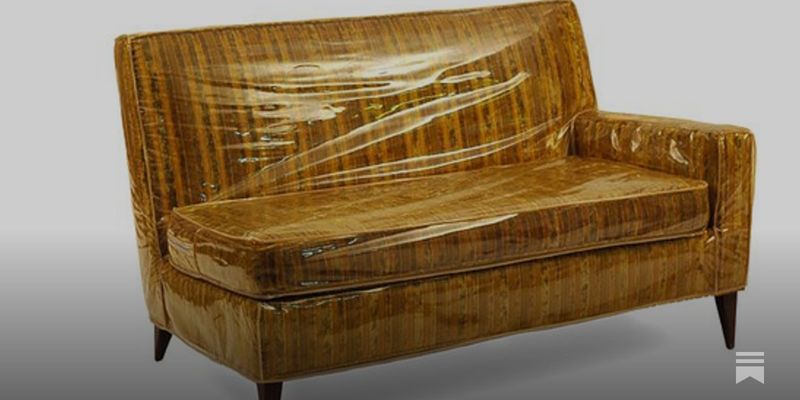
The formal living room – that mythical space reserved exclusively for guests who never arrive. Protected beneath crinkly plastic covers, pristine sofas and chairs sit untouched year after year while daily living happens elsewhere in the home.
Those protective covers actually trap moisture against fabric, potentially causing more damage than they prevent. The psychological impact of “off-limits” rooms creates unnecessary stress while wasting valuable living space.
1. Record Players That Bring Vinyl Back to Life

Those vintage turntables gathering dust in boomer basements are making triumphant comebacks in living rooms nationwide. Far from obsolete technology, these analog music machines deliver warm, rich sound that digital streaming simply can’t match.
Many boomers never parted with their extensive vinyl collections, which now represent both musical heritage and surprising value. Modern audiophiles pay premium prices for well-preserved records from the 60s and 70s.
2. Cast Iron Cookware From Grandma’s Kitchen
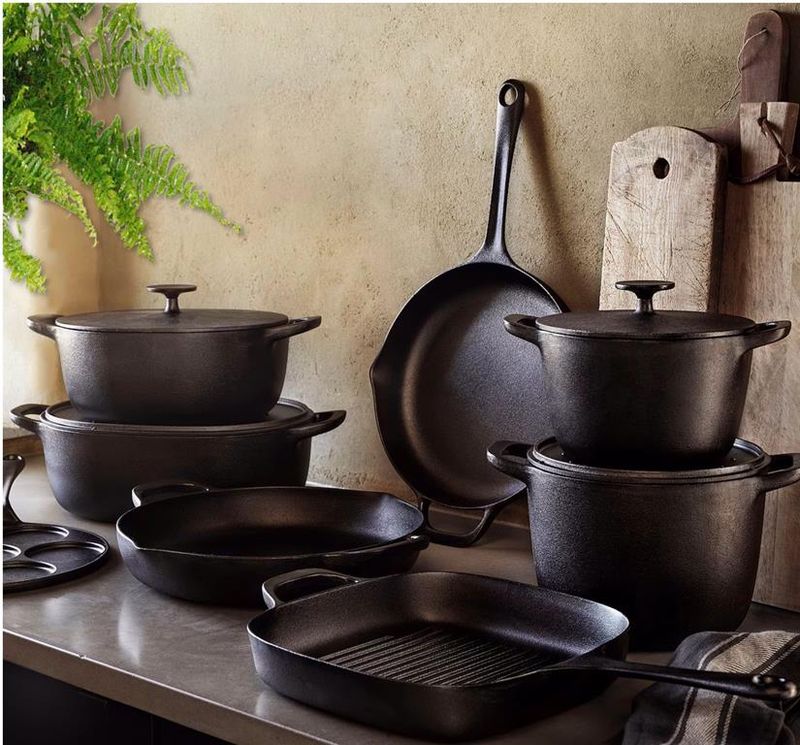
Heavy, black, and virtually indestructible – those ancient cast iron skillets and Dutch ovens handed down through generations aren’t just nostalgic trinkets. They’re cooking powerhouses that outperform most modern pans.
Properly seasoned cast iron develops a natural non-stick surface without potentially harmful chemicals. The remarkable heat retention creates perfect sears on steaks and unmatched crispy edges on cornbread.
3. Rotary Dial Telephones as Emergency Backups
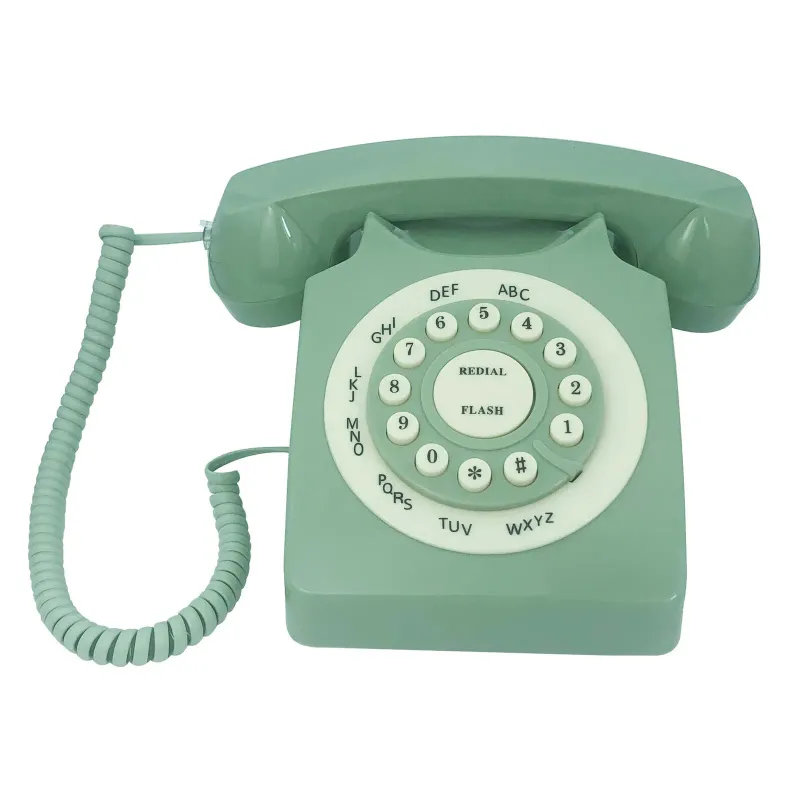
That clunky old telephone with the spinning dial isn’t just retro decor. During power outages, these mechanical marvels still work when cordless phones and internet-based systems fail completely!
Landlines connected to copper wire networks receive power directly from the telephone company’s backup generators. This makes them invaluable during emergencies when cell towers overload or lose power.
4. Handwritten Recipe Collections Worth Their Weight in Gold
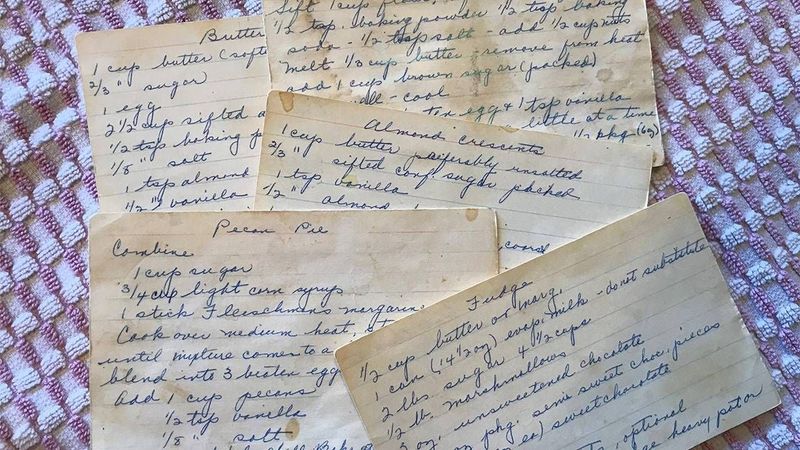
Forget Pinterest and food blogs – the true culinary treasures in boomer homes are those weathered index cards and notebooks filled with handwritten family recipes. Splattered with sauce and annotated with personal tips, these irreplaceable collections contain dishes that have withstood the test of time.
Many include secret techniques never published in cookbooks: Grandma’s perfect pie crust, Uncle Joe’s barbecue sauce, or Mom’s holiday stuffing.
5. Functional Ham Radio Equipment for Hobby and Safety
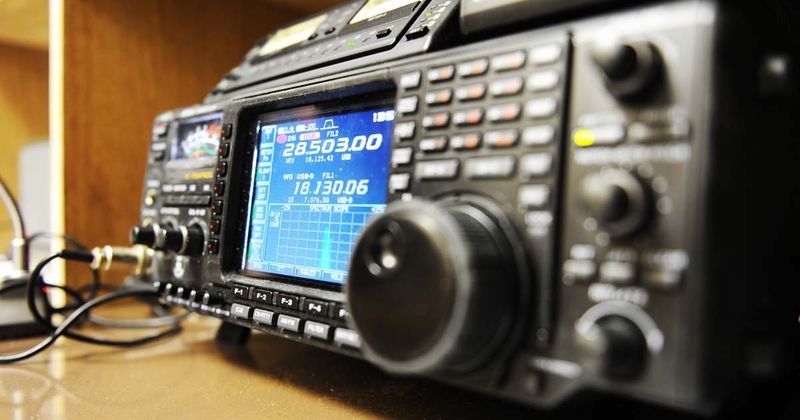
“KD4XYZ calling CQ, CQ…” That elaborate ham radio setup in the spare bedroom isn’t just a quirky hobby – it’s a communication lifeline when modern networks fail. Many boomer radio enthusiasts maintain fully operational stations that can transmit globally without internet or cell service.
While younger generations might view these setups as outdated, they represent independent communication systems that work when everything else fails – a powerful capability in our interconnected but vulnerable world.
6. Meticulously Maintained Manual Typewriters
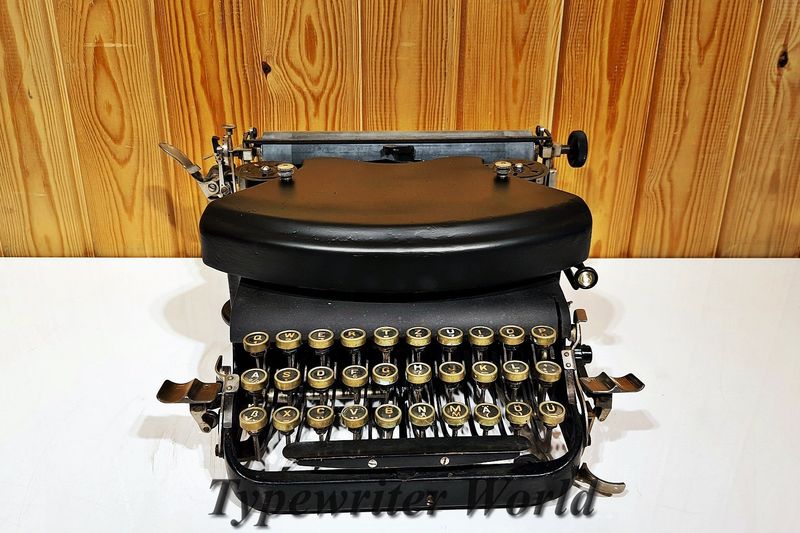
Click-clack-ding! That beautiful mechanical typewriter displayed in the study isn’t merely decorative – many boomers still use these marvelous machines regularly. Writers praise the distraction-free experience and the satisfying physical connection to their words.
Unlike computers, typewriters never crash, need updates, or tempt you with social media notifications. They create first drafts with a distinctive character that many creative professionals find stimulates different thinking patterns than digital composition.
7. Antique Clocks
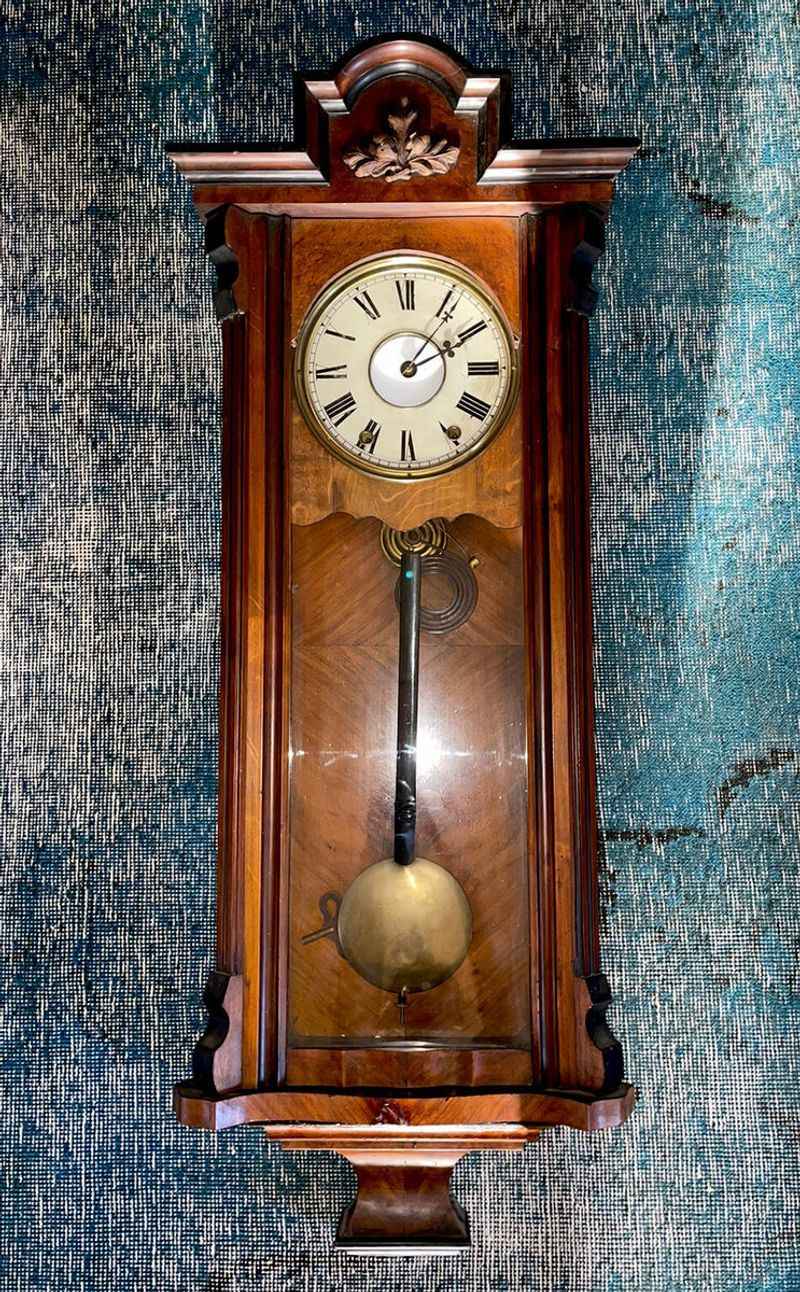
Standing tall in the corner of the room, the antique clock is more than just a time-teller—it’s a storyteller. Each tick echoes the passage of decades, resonating with the rich history of a bygone era. Many Boomers treasure these heirlooms, which blend seamlessly into both traditional and modern aesthetics.
Besides their functional purpose, antique clocks often serve as conversation starters at family gatherings. Their vintage charm infuses any space with warmth and sophistication, making them a beloved focal point in many homes.
8. Fully-Stocked Analog Tool Workshops
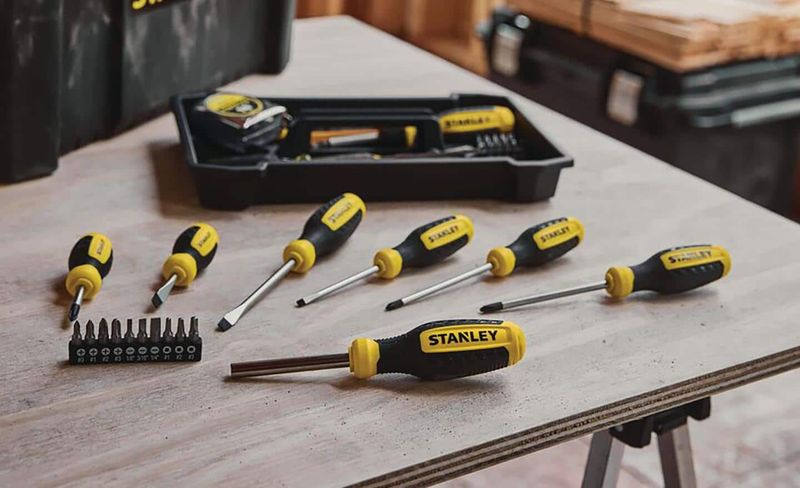
Beyond the basic hammer and screwdriver set, many boomer garages contain comprehensive workshops with specialized hand tools that modern homeowners often lack. Wood planes, precision calipers, hand drills, and other manual implements allow precise work without batteries or power cords.
These traditional tools build different skills than their power-tool counterparts. Manual sawing teaches feel for materials; hand-planing develops sensitivity impossible with electric sanders. Many boomers acquired these tools gradually over decades, creating collections that would cost thousands to replace today.
9. Vintage Jukebox Collections
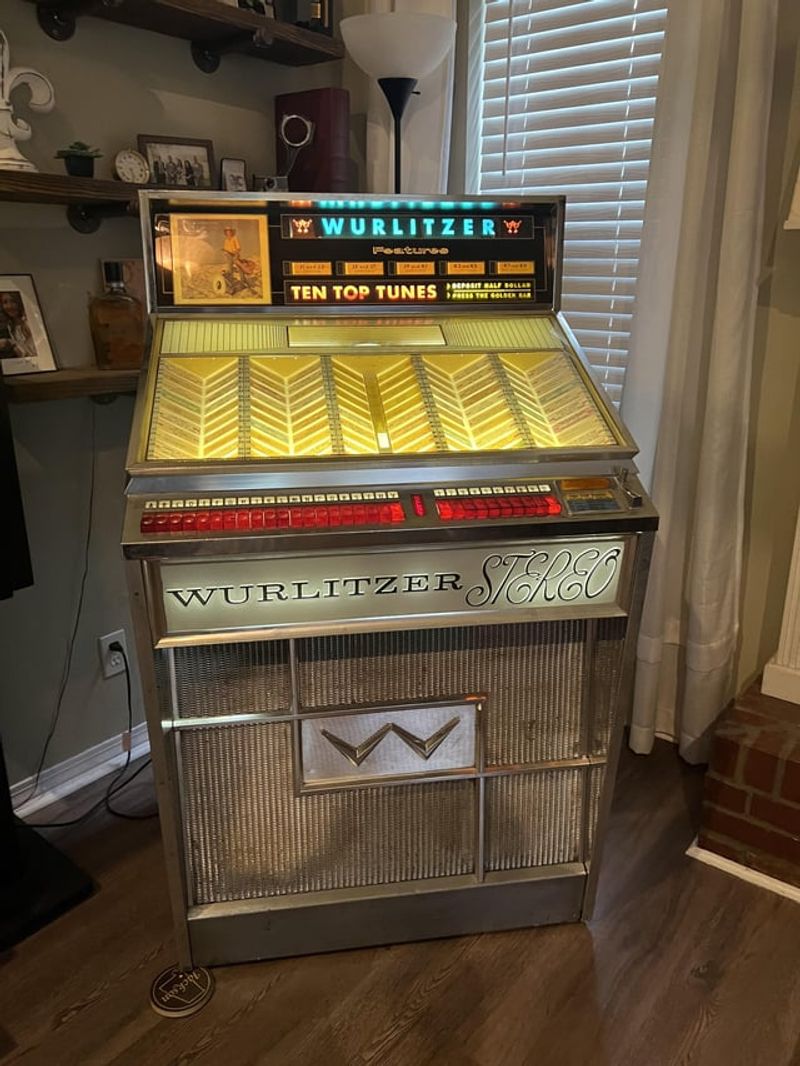
Nothing beats the authentic sound of a genuine 1950s Wurlitzer spinning original vinyl records. These mechanical marvels still operate with the same precision they had decades ago, creating atmosphere no modern speaker can match.
The warm glow of neon tubes and the satisfying mechanical sounds transport everyone back to simpler times. Friends and family gather around these musical time machines, sharing stories and dancing to classic tunes.
Unlike digital music that can disappear with technology changes, these jukeboxes preserve musical history in physical form. They represent craftsmanship and engineering excellence that modern appliances simply cannot replicate or replace.

